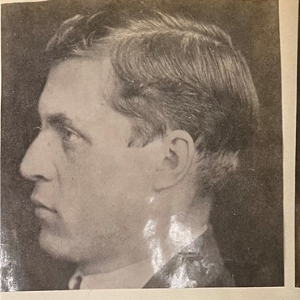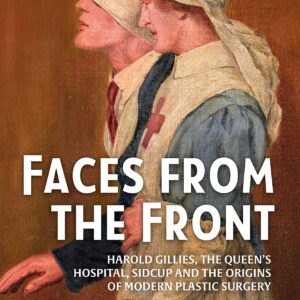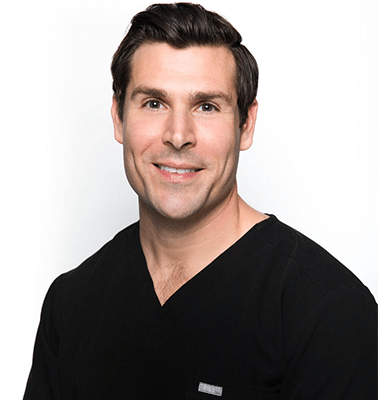Description
Price: $19.94
(as of Jun 23,2022 20:12:50 UTC – Details)
From the Publisher


It is amazing…
how complete is the delusion that beauty is goodness. —Leo Tolstoy, 1890


Beauty privilege is real, and it’s realuncomfortable.
A lot of attention has been given to the problem of recidivism and the benefits of being beautiful, but these have rarely been addressed at the same time. For many, the combination of the two produces confusion; the history of prison plastic surgery has been heavily buried, so much so that few of the (unaffiliated) plastic surgeons, criminologists, or prison historians… consulted were aware of its history. Its existence is America’s dirty little secret.


Killer Looks is about more than plastic surgery.
At its heart, this is a story about the power the prison system wields over those in their care, but it’s also about the socioeconomic power the beautiful wield—and how this problematic power has shaped society today.






Baby Blues and the Bad Men Birthright
While plastic surgery had been included in some prisons’ medical care since the early 1930s, media reception was not always favorable. “Making Angel Faces?” asked the Lancaster Era’s headline. “Shall We Remodel Criminals or Remodel Prisons?” questioned the Courier. “Beauty Clinic for Thugs!” screamed the Charleston Daily Mail and the Hartford Courant. “NY May Beautify City Jail Inmates,” reported the Daily Capital News.
Lights, Cameras, Violins!
In response to negative press, some surgeons took a different tact to curry public favor. In 1932, surgeon Dr John Howard Crum operated on a mystery convict inside the Hotel Pennsylvania… in front of an audience, composed of reporters and local media. The headlines read Miracle of Surgery Gives Ex-Convict Fresh Start – “Mystery Woman” Given New Face in Two Hours at Public Demonstration. Rogues’ Galleries in Danger of Becoming Obsolete.
The Rikers Island Experiment
In late 1963, renowned plastic surgeon Dr Michael Lewin had been beautifying inmates for years, but the recidivism benefits of his surgical work—and all other prison programs—was mostly anecdotal. He approached a newly appointed junior researcher at the New York Department of Correction with a proposal—to quantify the results of his work. This was the beginning of The Rikers Island Experiment, a.k.a. the Surgical and Social Rehabilitation of Adult Offenders.





